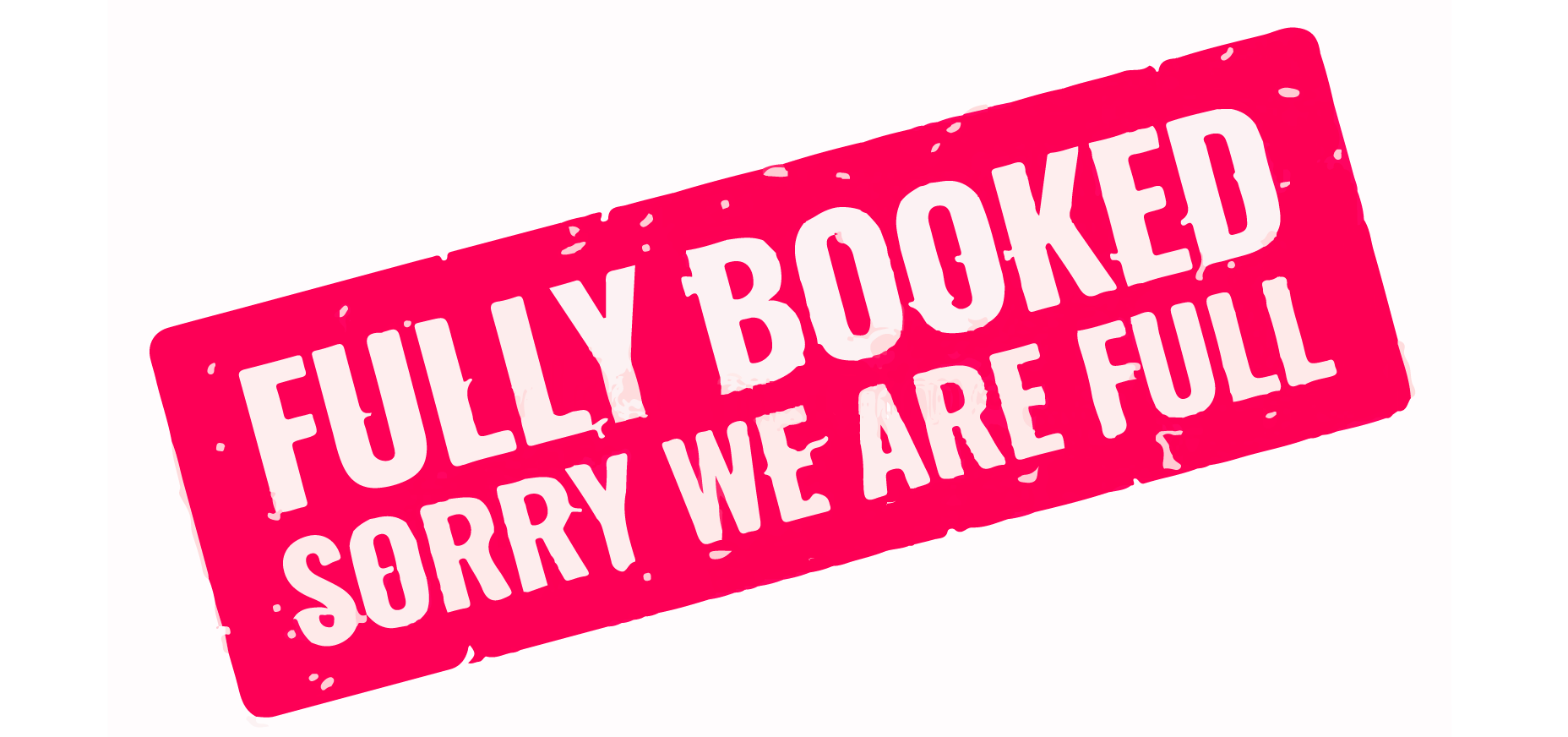Running a hotel is never easy. After all, it is a labyrinth of complex processes and endless tasks that’ll make any newbie hotelier break a sweat. There are both success stories and horror stories when it comes to starting a hotel business.
An important factor that determines how successful your hotel business is is its occupancy rate. Hotels are seasonal businesses. Even the most successful hotels do not enjoy 100% occupancy rates throughout the year. But what if there was a way to double the occupancy rate for your hotel?
Yes, there is a solution – automating your back-office operations. Most business owners forget that better room occupancy is not just about pulling the crowd to your hotel but also about tracking it with zero errors.
Not convinced? Here is a simple example to prove it.
Imagine your hotel is fully booked on a busy day. One of the guests cancels their room at the last moment. However, since your team didn’t manually register the cancelation in their back-office system, they failed to mark this room as open for booking. So the room remained empty for that day without any payment, despite being a busy day. And that’s what a simple mistake can cost.
This is where back-office automation helps.
In this post, we will understand the different back-office processes that need to be automated to improve room occupancy.
#1 Reservation
Reservation is a crucial element in back-office operations. It typically consists of the following sub-processes –
- Room bookings: This subprocess checks for available rooms in the hotel and shows free rooms for booking.
- Online Payment Collection: This sub-process involves collecting all the payments for bookings.
- Email Confirmation: The system forwards a confirmation email to the guest once the booking is completed.
The best way to automate all these sub-processes is by adopting a Property Management System(PMS). A PMS is a hotel management software that hoteliers and staff can use to run the hotel by coordinating reservations, payments, and reporting on a single platform. Some PMSs even have a dedicated dashboard, showcasing current and upcoming bookings, payment details, and your weekly and monthly booking data.
Automating the reservation process will prevent double-bookings and the chances of empty rooms due to zero human errors. This, in turn, will improve the occupancy rates.
#2 Check-in
No, we are not talking about replacing your front desk agent with a robot or a computer. We just want to arm the front desk agent with an automated solution that will prevent errors due to delayed check-ins and check-outs. Yes, a delay in check-ins or check-outs is the worst nightmare for hoteliers, staff, and guests. It will not only take a toll on the brand’s reputation but also impact the occupancy rates.
For instance, assume that a guest checked out pretty late. The front-desk staff failed to update the system that the room is empty. So the room will show as occupied, preventing subsequent booking. This will impact the overall occupancy rates and the bottom line.
The solution is to integrate a front-office module into your property management system. This will remind the front office manager to check and update the room reservation status based on check-ins and check-outs.
Of course, boosting occupancy doesn’t just depend on internal workflows—it also hinges on how well you manage external demand patterns. Automation-led strategies for occupancy rate fluctuations ensure your hotel stays prepared and profitable, even during unpredictable booking cycles
#3 Revenue Management
When you automate the revenue management process, you will understand how well your hotel is performing through metrics such as occupancy, revenue per available room (RevPAR), average daily rate (ADR), etc. Based on these numbers, you can make informed decisions that will impact the room occupancy rates.
Also, when you automate the revenue management system, you will get access to dynamic pricing. Dynamic prices are determined based on past reservations, competitor analysis, local events, and weather data. It will also determine the best price according to the present demand and update its prices across all channels. At an optimal price, the hoteliers can sell more rooms and avoid unoccupied rooms to a great extent. Finally, your occupancy rate improves.
Automation doesn’t just enhance operational speed — it also empowers CFOs with real-time financial insights, cost control, and improved compliance. Discover how hospitality CFOs are leveraging back-office automation to drive smarter financial decisions and maximize profitability.
#4 Customer Data Management
For any hotelier, collecting and organizing the guest data is extremely crucial because it helps them to connect with past customers at a later point in time. But this is often a time-consuming process when done manually and also prone to errors. Automating the entire collection and management of customer data with the help of CRM can greatly help hoteliers. Now they can share promotions and discounts with past customers easily. They will also be able to forecast when demand will increase or decrease and make adequate preparations to fill the empty rooms during low demand. This will automatically improve the occupancy rates.
Conclusion
A vast majority of hoteliers are still using pen and paper, spreadsheets, and basic reservation systems to manage their day-to-day operations. This leads to reduced efficiency, higher possibilities of errors, and poor occupancy rates. The best solution is to automate most of the back-office operations, which will help solve the above issues. It is also the only way for new hoteliers to thrive in the highly competitive hospitality industry.




